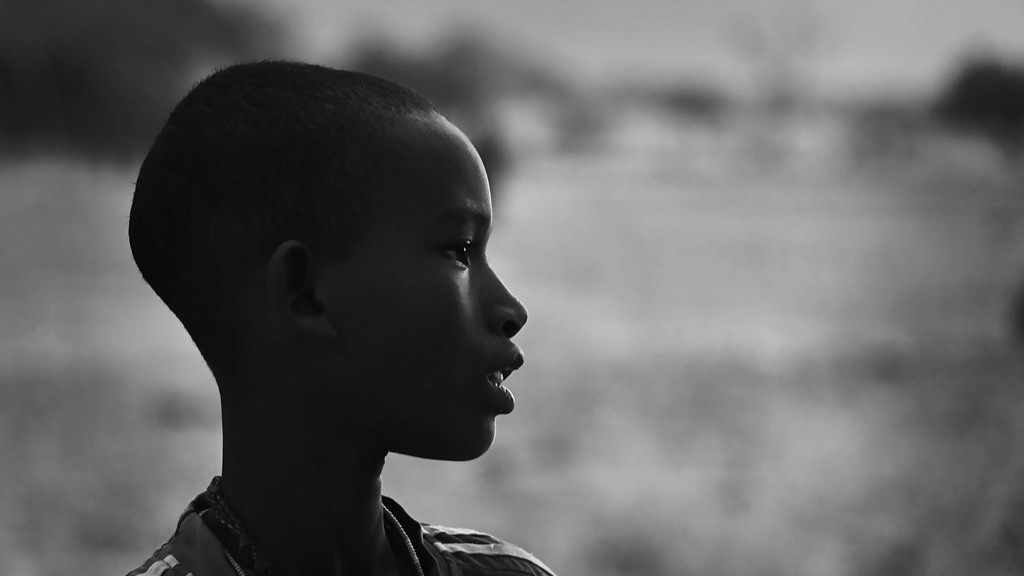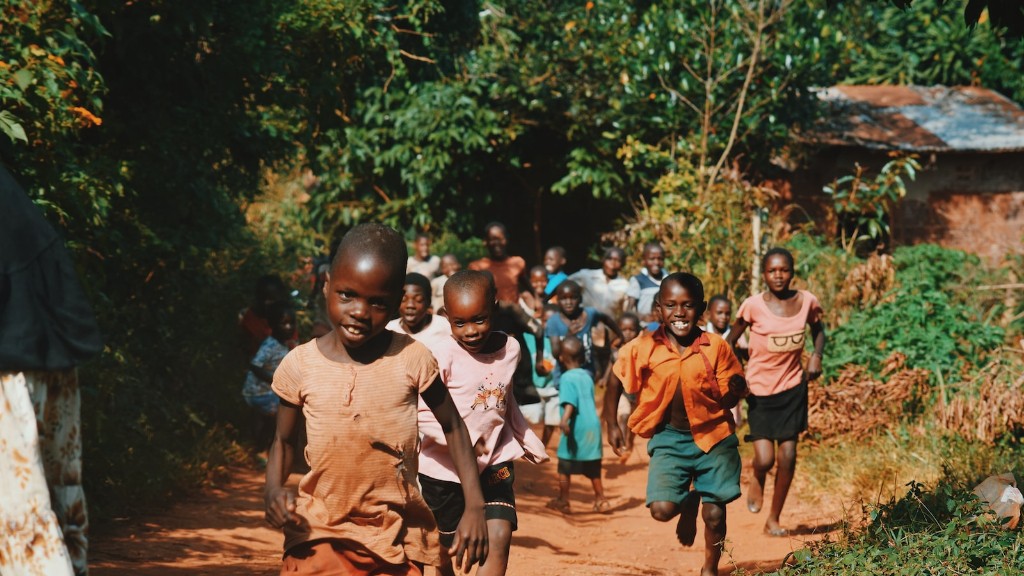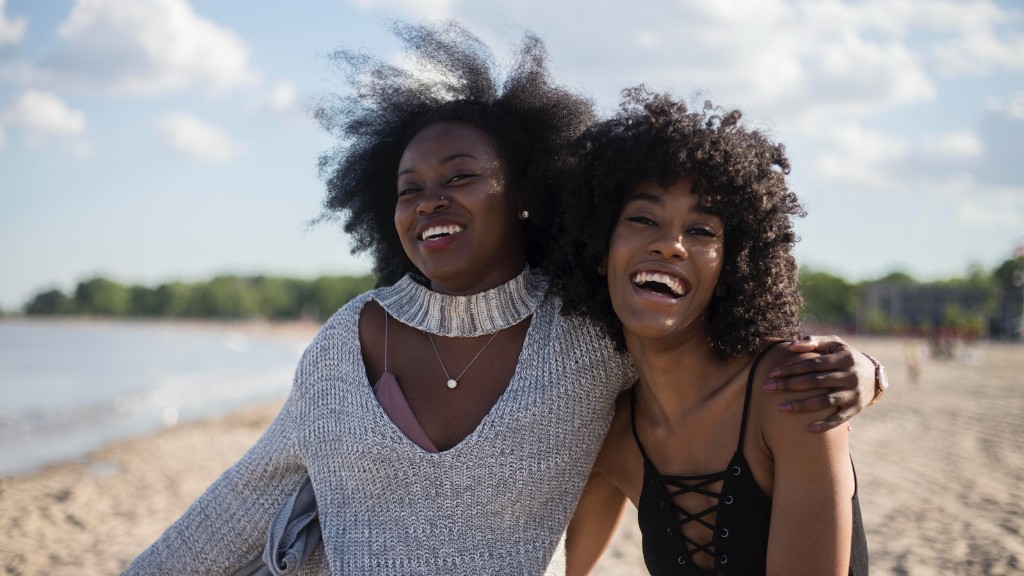Africa is a vast continent with incredible diversity in terms of culture, languages, and traditions, and this diversity is also reflected in the facial features of its numerous tribes. The facial characteristics of African tribes vary greatly, displaying unique traits that have been shaped by both genetic factors and environmental influences.
One of the most striking features of African tribes is their range of skin tones. From the deepest ebony to various shades of brown, the skin color among different tribes is diverse. This diversity can be attributed to variations in pigmentation, influenced by the amount of melanin produced by the skin cells. Melanin not only protects the skin from harmful UV rays but also contributes to the wide array of skin tones observed across African tribes.
Another distinctive feature of African tribes is the shape of their facial structure. For instance, the San people of Southern Africa have been recognized for their prominent cheekbones and narrow eye shape. Similarly, the Maasai tribe of East Africa is known for their elongated face shape and distinctive high forehead. These variations in facial structure are thought to be influenced by both genetic traits and cultural practices such as tribal scarification.
Hair texture is yet another aspect that differs among African tribes. Each tribe has its unique hair type, ranging from tightly coiled curls to loose waves. The Himba people of Namibia, for example, are renowned for their intricate braided hairstyles, while the Zulu tribe of South Africa often wears their hair in short, natural styles. These distinctive hair textures are the result of both genetic factors and cultural preferences passed down through generations.
Researchers and experts suggest that these diverse facial features play a significant role in tribal identity and sense of belonging. They not only reflect the rich cultural heritage of different African tribes but also contribute to the resilience and adaptability of these communities in their respective environments.
However, it is important to note that categorizing African tribes based solely on facial features can be overly simplistic and can perpetuate stereotypes. The physical characteristics of individuals within a tribe can vary greatly due to intermarriage, migration, and the influence of neighboring tribes. Therefore, it is crucial to approach the topic with sensitivity and appreciate the complexities of African tribal diversity.
Ndebele Tribe: Colorful Adornments
The Ndebele tribe, located in South Africa and Zimbabwe, is famous for its vibrant and geometric facial decorations. Both men and women in the tribe paint their faces with bright colors and intricate patterns as a form of expression and cultural identity. These adornments not only enhance the attractiveness of the individual but also serve as a means of communication, symbolizing various aspects of tribal life.
As part of their tradition, young girls of the Ndebele tribe wear heavy metal rings around their necks, a practice known as neck elongation. This unique adornment gives the illusion of an elongated neck and is considered a symbol of beauty within the tribe. However, it is essential to recognize that this tradition has become less prevalent in recent times due to societal changes and the influence of modernization.
Masai Tribe: Decorative Facial Scarring
For the Masai tribe of East Africa, facial scarring is an integral part of their cultural identity and signifies important milestones in a person’s life. This practice, known as ‘runo,’ involves making small incisions on the face and rubbing them with ash to create permanent scar patterns. The scars are seen as a symbol of bravery, strength, and virility.
The patterns and positioning of the scars can vary among individuals, with the tribe’s warriors often having more pronounced and extensive scarification. The Masai people consider these scars to be a source of pride and respect within their community, emphasizing the importance of this cultural tradition.
Himba Tribe: Otjize Paste
The Himba tribe, residing in the northwestern region of Namibia, is known for its distinct beauty practices. One of the most notable features of their appearance is the use of otjize paste, a mixture of red ochre, butterfat, and other natural ingredients that give their skin a reddish hue.
In addition to the unique skin color, the Himba people also adorn their hair with intricate braided hairstyles, incorporating accessories such as shells and leather strips. These hairstyles serve as a symbol of age, marital status, and social rank within the tribe, highlighting the significance of these practices in their cultural traditions.
Zulu Tribe: Facial Scarification
The Zulu tribe of South Africa practices facial scarification as a rite of passage for both males and females. Scarification is viewed as a way to mark important life stages, including puberty, marriage, and the transition into elderhood. The patterns created on the skin not only hold cultural significance but also enhance the individual’s physical appearance, making them more appealing to potential suitors.
It is important to recognize that these scarification practices have become less prevalent over time due to modern influences and changing societal dynamics. However, they remain an integral part of the Zulu tribe’s cultural heritage and continue to be cherished and respected among certain segments of the community.
Tuareg Tribe: Veils and Tattoos
The Tuareg tribe, predominantly found in the Saharan region of North Africa, has distinctive facial features that set them apart. Both men and women wear veils known as ‘tagelmust,’ which cover their faces, providing protection against the harsh desert elements.
In addition to their veiled appearance, the Tuareg people also have a tradition of facial tattoos, known as ‘thaleyat.’ These tattoos are typically applied to the chin, forehead, and cheeks, creating unique patterns that are significant within the tribe. The tattoos are seen as a means of enhancing individual beauty and signify tribal membership and social status.
Hamar Tribe: Unique Headdresses
The Hamar tribe, residing in southwestern Ethiopia, is known for their elaborate headdresses adorned with various materials, including feathers, beads, and shells. These headdresses are worn during traditional ceremonies and celebrations, symbolizing the cultural pride and traditions of the tribe.
The facial features of the Hamar people are often characterized by richly colored face paint and finely braided hairstyles. Both men and women take part in these decorative practices, highlighting the equal importance given to beauty and self-expression within the tribe.
Mursi Tribe: Lip Plates
The Mursi tribe, living in the remote areas of Ethiopia, practices a unique form of body modification involving lip plates. Young girls have their lower lips pierced, and over time, progressively larger wooden or clay disks are inserted. The size of the lip plate indicates a woman’s beauty and social status.
While lip plates are traditionally seen as a symbol of beauty within the Mursi tribe, it is essential to approach this practice with cultural sensitivity and respect. The Mursi people are increasingly adapting to external influences, and the prevalence of lip plates is gradually decreasing due to various factors, including globalization and changing societal norms.





